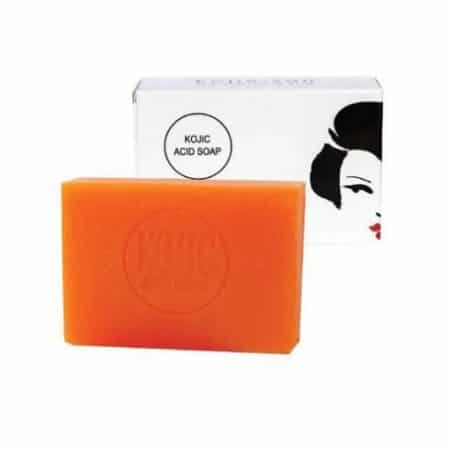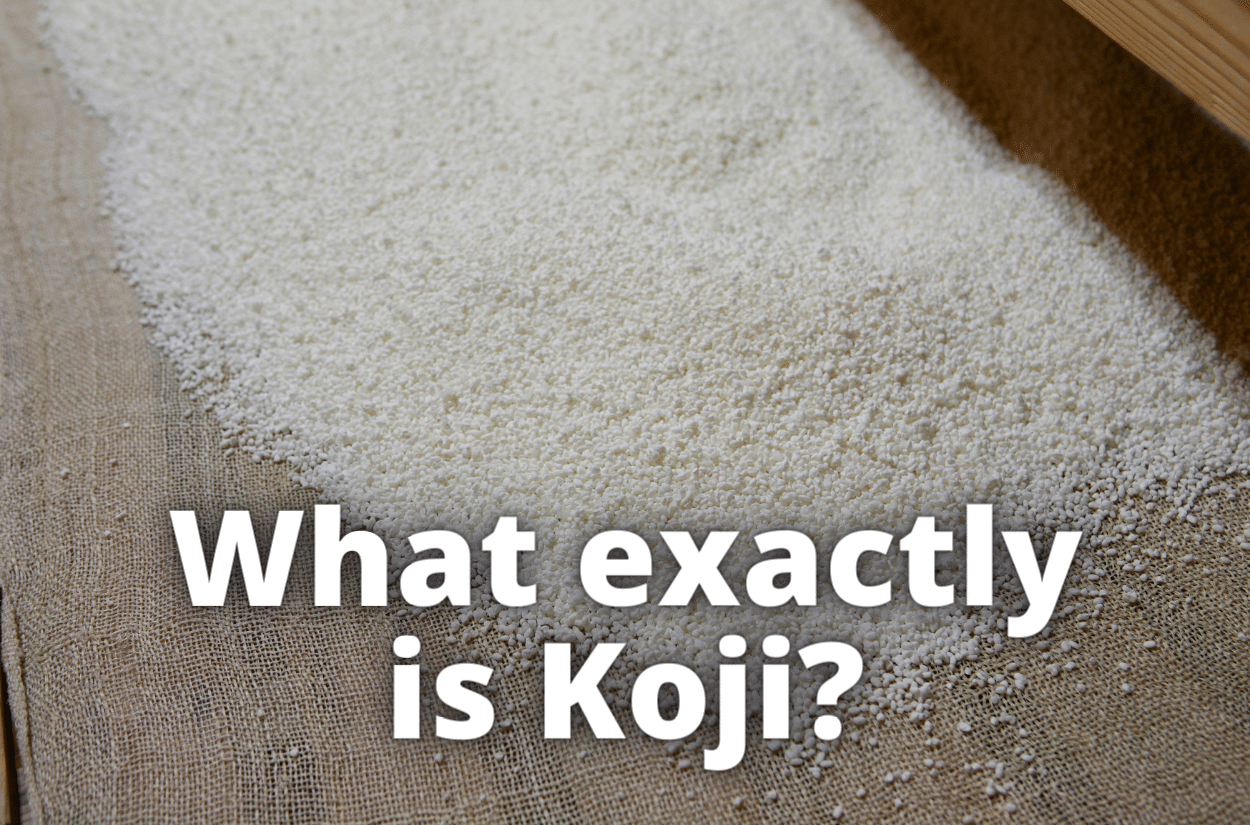Something that you hear mentioned quite a lot in the culinary world of late is Koji, but what is Koji exactly and how is it used in cooking? Would you even want to eat Koji or add it to your favourite dishes? In this article, we’re going to be discovering what Koji is, how it’s best used and whether it has any significant health benefits aside from being a trendy ingredient. Once we’re done, you’ll know all about Koji and you can decide if it’s something you really want to try.
What Is Koji?
Koji is actually a type of mould or fungus, known scientifically as both aspergillus oryzae and aspergillus sojae. It has its origins in Japan, where it is used for a variety of purposes, primarily as a fermenting agent. In fact, it has been used in Asian cooking for thousands of years and is known as Japan’s “national fungus”.
The Koji mould grows on soybeans and grains such as barley and rice and the entire product is used for both fermenting and for various other cooking purposes.
Some well known chefs rate Koji as one of the most functional and versatile cooking ingredients out there. While it may not be quite as well known in Western culture, its use is widespread in Asian cultures and had gained considerable popularity in Australia in recent times.
Koji comes in three varieties and colours:
- Yellow Koji
- White Koji
- Black Koji
Out of the three, Yellow Koji is the most popular and more widely used than the other two varieties.
How Is Koji Used In Cooking?
One of the primary and most traditional uses of Koji and its fermentation properties is in the production of sake. It’s also an essential ingredient in the production of the ever-popular soy sauce and is used to produce cooking wines and rice vinegar. In these processes, Koji works in a similar fashion to yeast in things like bread making or the production of many forms of alcoholic beverages.
If you’re a fan of miso soup, then you’ll discover that its production wouldn’t be possible without first forming a miso paste, with the addition of Koji mould to a mixture of soybeans, salt and water. Miso soup is not only popular in Japan and Asian cultures, but has gained immense popularity the world over. The miso paste that goes into miso soup can also be used as a condiment or even as a pickling agent.
How about Koji salt? When Koji rice is left for weeks to ferment with water and salt, it becomes a crumbly paste that can then be used as a seasoning in much the same way as regular table salt.
Many chefs in restaurants in Australia are now using Koji in their food preparation and as a seasoning agent. It’s popular for seasoning things like steaks and other meat dishes on the menu. It is also being used in bread making to add a more unique flavour to designer breads. As Koji gains in popularity, it’s also being used as a trendy marketing ploy and selling point.
If you’re cooking at home and want to try using Koji in a meal, try lightly seasoning some steak with the fungus or even lather some on roast beef or lamb before placing it in the oven. Koji in the form of a miso paste can even be used as an overnight marinade. It’s also great for marinating fish.
Is Koji Good For You?
One of the greatest advantages of using Koji in cooking is it produces enzymes which help to break down protein and release those all-important amino acids that are presents in protein-rich foods such as meat and beans.
Aside from its ability to break down protein so vital nutrients and amino acids are more easily absorbed, there are a number of health benefits to using Koji:
- Koji is a natural and powerful antioxidant that is good for skin health
- It’s high in fibre to promote a healthy digestive tract
- Koji is packed full of Vitamin B2, a vitamin essential for the health of hair, nails and skin
- Kojic acid is present on Koji which brightens the skin
- Digestive enzymes help break down protein and carbohydrates for nutrient absorption
- Koji improves intestinal flora for a healthy digestive system
- Containing Biotin, Koji will give your skin and hair a collagen boost
- The folic acid in Koji helps prevent anemia
- Fight stress with Vitamin B5-rich Koji
- Vitamin B6 found in Koji helps maintain a normal nervous system
- Koji is rich in glucose for energy
- GABA is an amino acid found in Koji that helps to reduce high blood pressure
Is Koji Expensive?
It really depends on what form of Koji you buy and on the surface, some of the prices may sound expensive, but once you know how versatile Koji is and just how far it actually goes, the price you pay for quality Koji is actually very fair and reasonable.
First decide what type of Koji will suit you needs best, then shop around online for the best price. In Australia, then are many retailers that offer Koji products these days, so you will have a lot of choices.
The Takeaway
Koji is a trending and unique cooking, fermenting and seasoning ingredient. You will find it being used in restaurants all around Australia and many people are now using Koji at home due to its fantastic flavouring and the numerous health benefits Koji provides. Try Koji for yourself. You just may become a new fan of this popular fungus.
Sources:
https://www.epicurious.com/ingredients/what-is-koji-how-to-use-article
https://en.wikipedia.org/wiki/Aspergillus_oryzae
https://www.masterclass.com/articles/what-is-koji#5-common-koji-uses
https://food52.com/blog/25374-best-koji-alchemy-rich-shih-jeremy-umansky-recipes
-
Product on sale
 Kojic Acid Soap Bars – For Skin Tone Improvement$11.50 – $31.00 Incl. GST
Kojic Acid Soap Bars – For Skin Tone Improvement$11.50 – $31.00 Incl. GST

Ashley writes the articles and posts for MyMedici and other websites. He has a background in digital marketing and provides services through www.websitestrategies.com.au and www.ashleybryan.com.au. He lives on the Sunshine Coast, QLD with his family.

